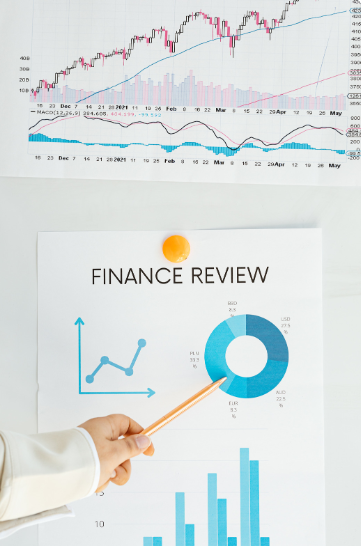 Index trading is a popular way to invest in the stock market. This guide explains how to trade indices in simple terms, helping you get started with confidence. Further information on EnviFX Reviews can be found here.
Index trading is a popular way to invest in the stock market. This guide explains how to trade indices in simple terms, helping you get started with confidence. Further information on EnviFX Reviews can be found here.
What are indices?
Imagine a basket of winning stocks from a specific market area. An index is similar, but instead of a real basket, it tracks a group of stocks from a particular sector.
How to trade indices:
There are two main ways to trade indices:
- CFDs (Contracts for Difference): This lets you guess price movements without buying the stocks themselves. Be careful, it can be risky! More can be found here.
- ETFs (Exchange-Traded Funds): These are like mini-portfolios, holding the same stocks as an index. They’re a good way to invest in a whole market section without buying each stock. More info here.
Choosing a trading platform:
Think of your platform as your trading center. Popular options include:
- MetaTrader 4 (MT4): This platform is easy to use and lets you customize things. To trade indices on MT4, open an account with a broker that supports it.
- MetaTrader 5 (MT5): This is the newer version of MT4, offering extra features like protection against losses. You can also trade synthetic indices on MT5.
Remember: Research well before choosing a platform. Pick one that suits your goals and risk tolerance.
 How To Trade Indices: Trading tips
How To Trade Indices: Trading tips
- Learn about the market: Understand what affects the index you want to trade, like news and industry trends.
- Manage risk: Use tools to limit potential losses and keep your trades reasonable.
- Start small: Begin with smaller trades as you learn the ropes and gain confidence.
Curious about synthetic indices?
These aren’t real market indexes. They’re like financial tools created by brokers to mimic the price movements of real things, like stocks. Trading synthetic indices are similar to regular indices, often using CFDs. If you want to know more about EnviFX Illegal, check this article.
Benefits of synthetic indices:
- More choices: They can track various things, offering more trading opportunities.
- Always open: Unlike regular indices, you can trade them 24/7.
Risks of synthetic indices:
- Broker risk: Your profit depends on the broker fulfilling its obligations.
- Higher costs: The difference between buy and sell prices might be bigger.
For a more detailed explanation of WebTrader, please refer to this article.
 How To Trade Indices: Conclusion
How To Trade Indices: Conclusion
Trading indices requires dedication, knowledge, and a plan. By understanding the basics, you can build a strong foundation for your journey. Remember, responsible trading and continuous learning are key to success.
Ready to enter the market? Do your research, choose a reliable platform, and start with a clear strategy to make your trading journey successful.
For a more detailed explanation of What is an ECN, please refer to this article.
How To Trade Indices: FAQs
- Is index trading a good investment?
Index trading can be a good investment for some people, but it’s important to understand the risks involved and ensure it aligns with your investment goals and risk tolerance.
- What are the benefits of trading indices?
Index trading offers benefits like diversification, the potential for higher returns, and lower costs compared to trading individual stocks.
- Do I need a lot of money to start trading indices?
You don’t necessarily need a large sum of money to start trading indices. However, it’s crucial to start with an amount you’re comfortable potentially losing and gradually increase your investment as you gain experience and knowledge.
-
Uncertain about which currency pairs to trade?
Dive into our guide to discover the best forex pairs to trade and make informed decisions in the forex market.
